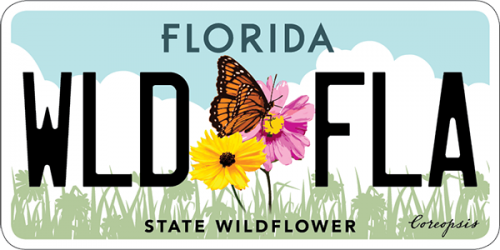- Family name: Papilionidae/Swallowtails
- General description: wings dark brown; forewing with yellow spot bands crossing near apex; hindwing with yellow spot band, wide yellow basal band, small orange-capped black spot, and spatulate tail with yellow central teardrop. Ventral hindwing yellow with blue central band invaded by rust-orange scaling in center. Abdomen yellow with dark brown dorsal stripe.
- Field Marks: forewing with yellow spot bands crossing near apex; hndwing tail with yellow teardrop in center
- Sexes: appear similar
- Wingspan: 85-140 mm
- Life Cycle: Egg: orange, spherical, laid singly on host leaves Mature larva: olive-brown with cream-white patches; resembles bird dropping Chrysalis: brown mottled with gray and green
- Number of Generations: Three or more
- Flight Season: February-November; all year in south Florida
- Abundance: Common
- Habitat: forest margins, roadsides, pastures; citrus groves, gardens, and parks
- Larval Host Plants: wild lime (Zanthoxylum fagara), Hercules club (Zanthoxylum clava-herculis), hop tree (Ptelea trifoliata) , various cultivated and ornamental citrus (Citrus spp.)
- Similar Species: Palamedes Swallowtail
- Additional Information: Adults rest with their wings open. Range is limited in Wisconsin, Minnesota, South Dakota, North Dakota and California.
- Range in Florida
 The Florida Wildflowers & Butterflies projects at the Florida Museum are sponsored in part by the State of Florida and the Florida Wildflower Foundation, Inc.
The Florida Wildflowers & Butterflies projects at the Florida Museum are sponsored in part by the State of Florida and the Florida Wildflower Foundation, Inc.
